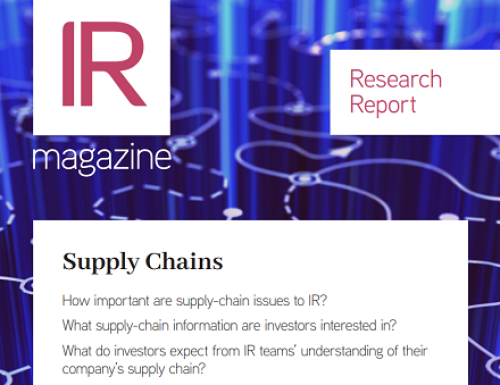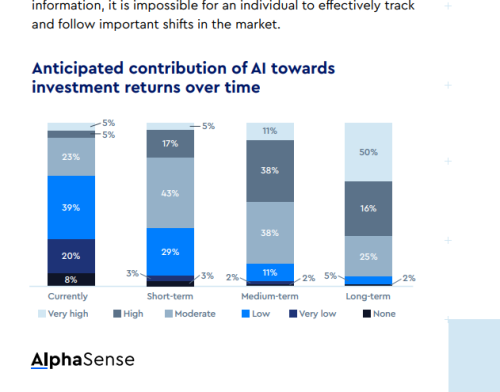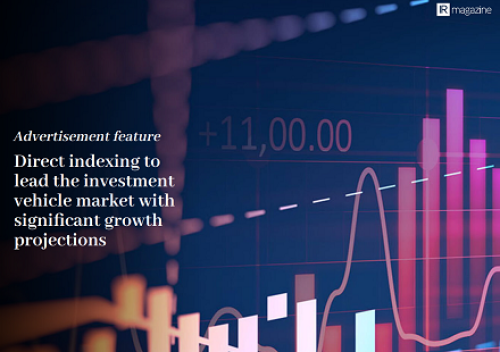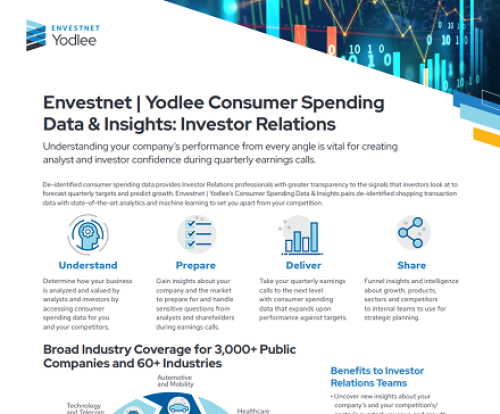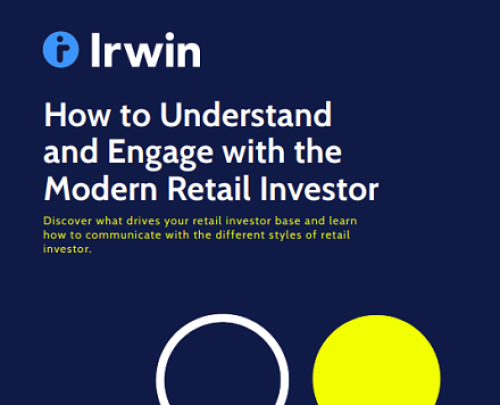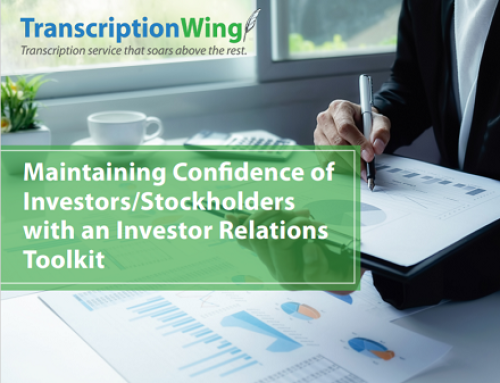It all sounds like a job description ready-made for IROs who understand their company
Fewer active managers does not mean less influence for IR teams
When Burton Malkiel published A random walk down Wall Street more than 40 years ago, passive investing was a minor niche in the investing landscape and actively managed mutual funds were on the rise. In those pre-email, pre-spreadsheet, pre-conference call days, IROs read their companies’ earnings releases over the phone to each analyst, one call at a time. Carefully written analyst reports would then be printed and mailed out to clients. The entire process could take several days before the
You need to register to access 3 free deep dive articles per month. To continue reading please register or login below..
- Unlimited deep dives
- Data-driven research around key topics
- Buy-side insights
- Benchmarking reports
From
$1495


